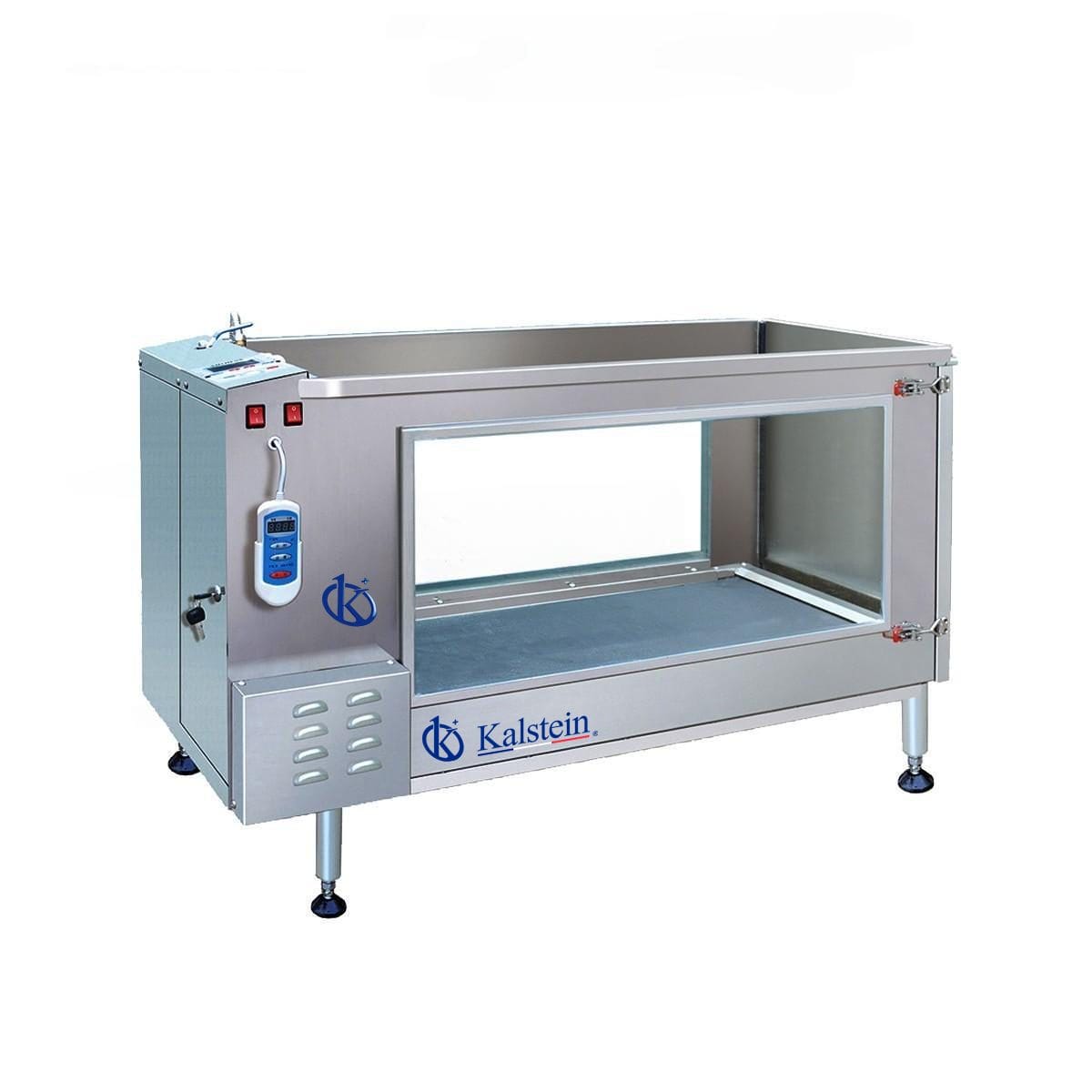Cytocentrifuges are an important part of medical laboratory analysis. They are devices used to separate cells from a tissue sample. Tissues are usually from blood, urine, cerebrospinal fluid (CSF), bone marrow aspirate, among others. This helps healthcare professionals examine the cells for changes in the level of a person’s pathology. This tool is an essential part of the laboratory to understand cellular parameters to make important decisions.
This type of centrifuge is an indispensable tool for performing medical analysis, and are an essential part of modern laboratories. These devices enable accurate and rapid diagnosis and provide vital information for therapeutic decision making. Cytocentrifuges can also be used to determine changes in cells during the aging process, as well as to monitor white blood cell activity and help predict the course of disease and possible medical complications. The future of medical diagnostics depends on technology and advanced cytometry techniques, so it is essential that cytocentrifuges continue to be developed to improve the immediate assessment of pathology.
Cytocentrifuge analysis
Cytocentrifuges are used to separate single cells from blood and other body fluids for analysis. This is done by immersing the fluid in a standardized solution and the cytocentrifuge passer separates different types of cells into slides that are then examined under a microscope by healthcare professionals. These devices are used to help diagnose diseases, identify infections or detect any changes in body tissue. The main advantage of cytocentrifuges is that they enable accurate, fast and relatively inexpensive diagnoses when compared to other diagnostic methods.
In addition, cytocentrifuges can also be used to identify and remove abnormal white blood cells, which are responsible for producing loops in body fluids. These abnormal cells are not visible to the naked eye and are usually identified only using cytocentrifugation. These cells are often used to detect infectious diseases such as Lyme disease, hepatitis C, tuberculosis, chronic fatigue syndrome, among others.
Use of cytocentrifugation in medical analysis
There are different applications of cytocentrifuges in medical laboratories that make them a useful tool for the diagnosis of certain conditions. For example, cytocentrifuges can be used to identify pathogens in blood and other body fluids. This technique can also be used to detect autoimmune diseases such as rheumatoid arthritis and multiple sclerosis.
Cytocentrifuges can also be used to monitor cell activity and help predict the course of disease. For example, accurate measurements of cells in the blood can help predict the risk of complications upon diagnosis of cancer, as well as to determine the best treatments to cement the disease. In addition, cytocentrifuges can also be used to determine changes in cell function during aging, as well as to measure the activity of infection-fighting white blood cells. These cells can also determine the activity of the immune system which is critical for disease prevention.
At Kalstein we are MANUFACTURERS of laboratory equipment of the highest quality and with the best technology at unbeatable prices. So we put at your disposal new cytocentrifuges HERE, at the best PRICES in the market; we offer all the specifications, technical data sheets, advice and the variety of centrifuges that you need, we assure you that, through our online purchasing channels, reminding you that we are a manufacturer of laboratory equipment of high level of purchase and sale.


